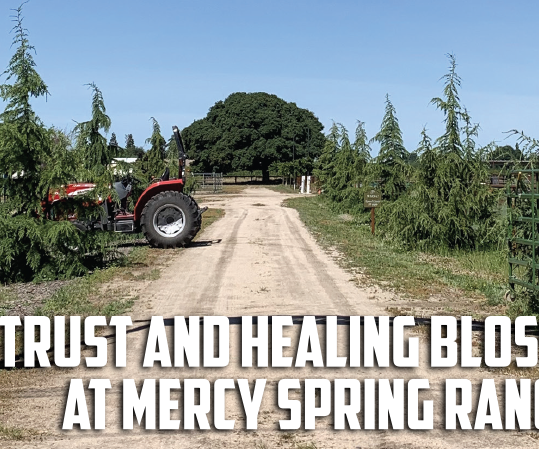Bruce Rogers offers insights on growing orchids Whether it is simply to enjoy having fresh flowers on the coffee table or preparing an elaborate arrangement for a special occasion, Bruce Rogers would prefer you use orchids. The San Francisco resident, who was born in Berkeley, has authored a book “The Orchid Whisperer” and is considered an expert on the subject. He has spent over three decades “growing, hybridizing and decorating with orchids” in the Bay Area, according to his website. “I was interested in plants in general since I can remember, repotted my first cymbidium (orchid) in my teens, and have been working with orchids exclusively for decades,” Rogers explained. He also has been a guest speaker at local orchid groups, including the Tropical Plant Society of Modesto and the San Joaquin Orchid Society. “They are both great groups, I’ve spoken at both over the years and meetings are open to the public,” Rogers shared. Orchids are often thought of as being a ‘high class’ flower but can be grown in a variety of areas and can be cultivated locally, by beginners as well as professionals. They are believed to have soothing qualities and this fact was played out in the “Nero Wolfe” series of detective novels by author Rex Stout. The main character, Wolfe, would often escape to the ‘orchid room’ at his New York City brownstone to collect his thoughts and form theories while working on a case, spending hours losing himself in tending to the plants. Rogers may not be solving any mysteries, but he does have a varied clientele and keeps up a hectic pace. “My ‘typical’ day begins early at the greenhouses, taking care of my Sobralia breeding stock, by midmorning I’m off to check and work at my private clients, where I’m both decorating with orchids and checking on their orchid collections,” he explained. “Afternoons are spent attending to new consulting jobs and further greenhouse work, breeding, repotting, etc.” His book includes valuable insights and information regarding how to grow your own orchids and keep them healthy, and is available at local bookstores, Home Depot, Walmart, through Amazon, Barnes&Noble; and ebook stores. “I love my work, I love to travel and look for orchids in nature,” Rogers added. “They are found almost everywhere. The 209 area has lovely native species which are best seen in the spring, with even more types found to the west in the Redwood forests and east in the Sierras.” For those who might think they can’t successfully raise orchids, Rogers said nothing is further from the truth; it is a flower that can be grown by even a novice. “A lot of people grow orchids that can be grown outside, a sure choice is bletilla, as I’ve seen it grown in pots and in the ground in the 209,” said Rogers. “Many people grow cymbidiums outside; some cover them up when extra cold, some don’t. “The best course is to attend a local orchid society or tropical plant society and see what your neighbors have the best results with.” Rogers has information, tips and photos available on his website, brucerogersorchids.com and also has a site devoted to the book, theorchidwhisperer.com as well as maintaining a site, Ozgardens, for the business he began in 2002 with Terry Root of The Orchid Zone. Ozgardens is a wholesale Sobralia business with seedlings, flats and specimen plants available for sale.
By MARG JACKSON

LOCAL ORCHID ORGANIZATONS
Tropical Plant Society 1348 Kiernan Ave., Modesto 209-545-0814 San Joaquin Orchid Society Meets second and fourth Mondays of the month 7 p.m. Farm Bureau Building, 3290 N. Ad Art Road, Stockton
Orchid CareWATERING:
One thorough watering every 7 days is usually adequate for most orchids. Most orchids prefer a slight drying period between watering. Let the water run freely through the pot for several moments. It takes a few moments for the root surface to begin absorbing moisture. This also flushes out any salt or mineral build up in the pots. Never let orchids stand in water for prolonged periods of time. It is the best way to send them to an early grave. More people kill orchids by over watering than any other means.
FERTILIZING:For the majority of orchids, a good water soluble plant fertilizer is more than adequate. Even proportions are the best (10-10-10, 15-15-15, 20-20-20). Feed evenly throughout the year at least once a month, preferably weekly after each watering.
RE-POTTING:Generally spring to late summer is the best time to re-pot, when new growth and roots are emerging. As a guide, orchids should be re-potted every two years or if they have over grown their pots. — Information courtesy of the Central California Orchid Society





